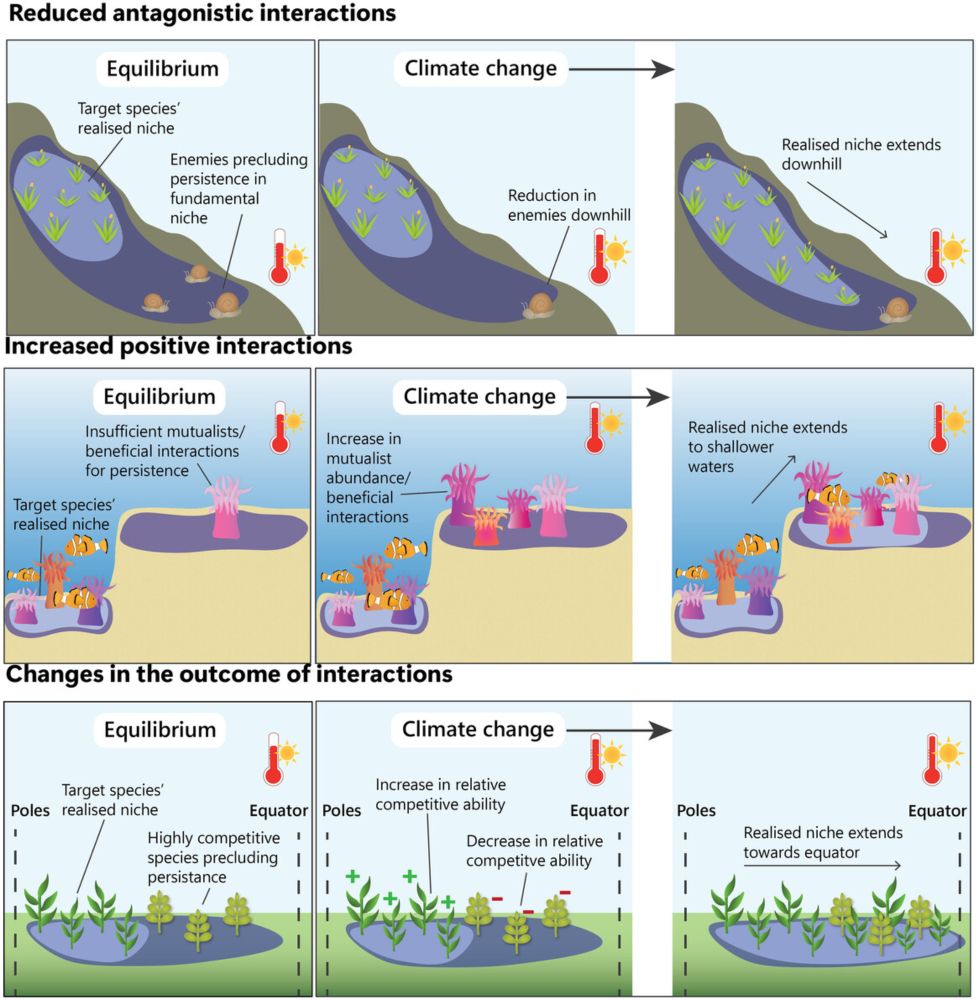Simon Heyes
@simondheyes.bsky.social
1.5K followers
530 following
180 posts
Rare plants | drought and climate change | soil specialist plants | grassy ecosystems
PhD student @ La Trobe, Australia
He/Him
Fedi: https://ecoevo.social/@SimonDHeyes
Blog: https://sdheyes.wixsite.com/ecologyblog
Posts
Media
Videos
Starter Packs
Pinned
Reposted by Simon Heyes
Reposted by Simon Heyes
Simon Heyes
@simondheyes.bsky.social
· Sep 1
Reposted by Simon Heyes
Simon Heyes
@simondheyes.bsky.social
· Aug 30
Simon Heyes
@simondheyes.bsky.social
· Aug 30
Reposted by Simon Heyes
Simon Heyes
@simondheyes.bsky.social
· Aug 21

Genomic evidence for a hybrid origin of the critically endangered shrub Callistemon kenmorrisonii (Myrtaceae) and persistence involving extreme clonality - Conservation Genetics
Narrow range endemic species are often threatened by stochastic events due to their localised distribution. Many of these species also have small population sizes where demographic and genetic threats...
doi.org
Simon Heyes
@simondheyes.bsky.social
· Aug 21

Genomic evidence for a hybrid origin of the critically endangered shrub Callistemon kenmorrisonii (Myrtaceae) and persistence involving extreme clonality - Conservation Genetics
Narrow range endemic species are often threatened by stochastic events due to their localised distribution. Many of these species also have small population sizes where demographic and genetic threats...
doi.org
Simon Heyes
@simondheyes.bsky.social
· Aug 17
Simon Heyes
@simondheyes.bsky.social
· Aug 8
Reposted by Simon Heyes
Reposted by Simon Heyes
Simon Heyes
@simondheyes.bsky.social
· Jul 30
Reposted by Simon Heyes
Reposted by Simon Heyes
Simon Heyes
@simondheyes.bsky.social
· Jul 8
Simon Heyes
@simondheyes.bsky.social
· Jul 8
Reposted by Simon Heyes
Reposted by Simon Heyes







































